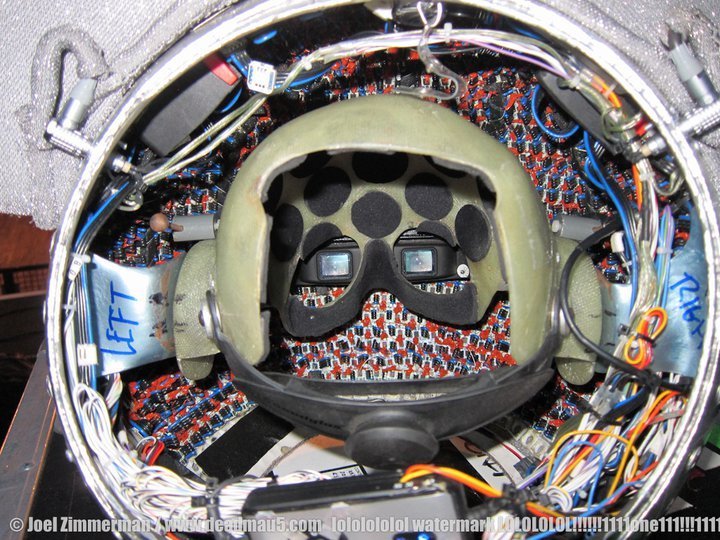

Used for years by deadmau5 on tour as his control surface for shows. Then, earlier this week, it was revealed that he's endorsed a new iPhone mixing app. Late last year, the bundling of some of his loops with FL Studio sparked controversy, and he also had some disparaging things to say about DJs. Control Ableton Live, bitwig and other audio applications using your own custom UI. Canadian house producer Deadmau5 has been in the news a lot recently, and not just because of his music. Connect to devices directly plugged into the computer - Send MIDI to other computers and applications using network MIDI tools tools such as rtpMIDI and loopMIDI.


Receive OSC data from external sources to drive the content currently shown in the UI Send OSC data to control other applications and devices that support OSC - Control visual applications such as TouchDesigner, vvvv, Resolume, VDMX, Notch etc. Supports sending and receiving OSC (Open Sound Control) data Preview NDI® feeds directly in your UI with the NDI widget. Drive the UI with as many fingers as your touch display supports. Multiple workspaces allow for different UIs to be used from within one project. Load up Serum and we think you’ll be able to notice both what you hear (solid high frequencies, extending flat all the way up to the limits of hearing) as well as what you don’t hear (no unwanted mud or aliasing gibberish- just good, clean sound).- Simple drag interface means laying out a new UI takes no time at all.

In Serum, the native-mode (default) playback of oscillators operates with an ultra high-precision resampling, yielding an astonishingly inaudible signal-to-noise (for instance, -150 dB on a sawtooth played at 1 Khz at 44100)! This requires a lot of calculations, so Serum’s oscillator playback has been aggressively optimized using SSE2 instructions to allow for this high-quality playback without taxing your CPU any more than the typical (decent quality) soft synth already does. Many popular wavetable synthesizers are astonishingly bad at suppressing artifacts - even on a high-quality setting some create artifacts as high as -36 dB to -60 dB (level difference between fundamental on artifacts) which is well audible, and furthermore often dampening the highest wanted audible frequencies in the process, to try and suppress this unwanted sound. Artifacts mean that you are (perhaps unknowingly) crowding your mix with unwanted tones / frequencies. Without considerable care and a whole lot of number crunching, this process will create audible artifacts. Playback of wavetables requires digital resampling to play different frequencies.


 0 kommentar(er)
0 kommentar(er)
